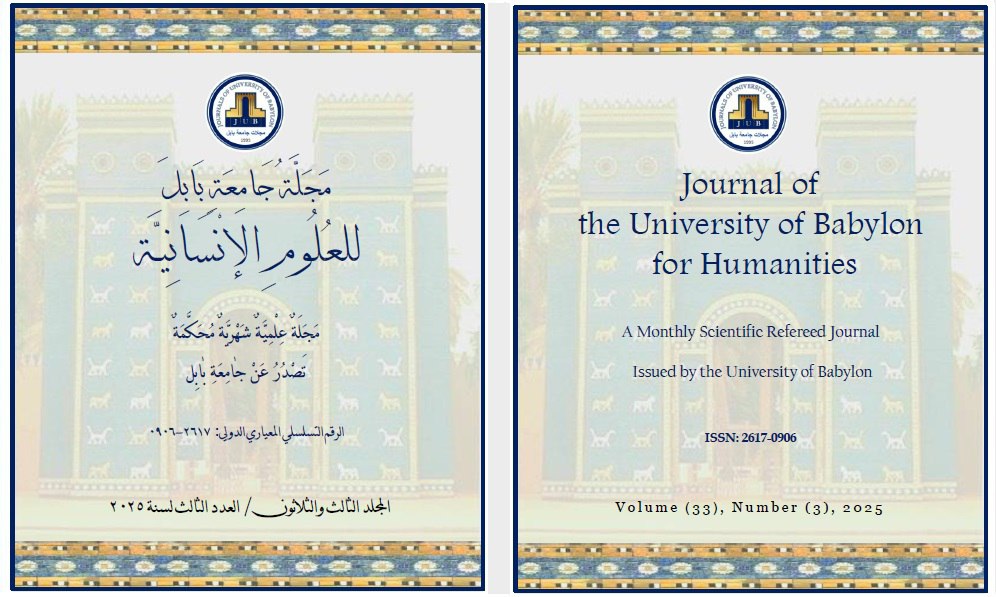The Investigation Procedures in Employment Violations
Main Article Content
Abstract
The Iraqi legislator has given significant attention to administrative violations due to their profound impact on the administrative workflow and proper employment performance. Distinct provisions were dedicated to disciplinary actions, which differ from those established in the principles of criminal procedures. These differences are evident in terms of the authority responsible for investigating such violations, the body authorized to conduct investigations, and even the imposition of disciplinary penalties. The concept of a disciplinary offense is defined by the violation committed by an employee that subjects them to disciplinary punishment. Legal scholars use various terms to refer to this violation, including "disciplinary offense," "administrative fault," and "disciplinary violation." The development in the field of disciplinary sanctions and procedures has resulted from substantial jurisprudential and judicial efforts, all aiming to establish a solid foundation for the idea of disciplinary sanctions. This is particularly significant because such sanctions, on the surface, represent a serious breach of the principle of the separation of powers—an essential cornerstone of the modern state that must not be compromised under any circumstances. The core issue of this research revolves around the failure of administrative authorities to adhere to laws and regulations or the incorrect application of legal provisions. This shifts the responsibility of protecting public employees to the specialized judiciary, as it serves as the protector and guarantor of public employees against both the administrative authority and disciplinary power. To address this issue, the research employed an analytical, inductive, and comparative methodology in certain cases. By the end of the study, a set of conclusions was reached, necessitating the proposal of appropriate recommendations to address the research problem effectively.
Article Details
Issue
Section

This work is licensed under a Creative Commons Attribution 4.0 International License.

